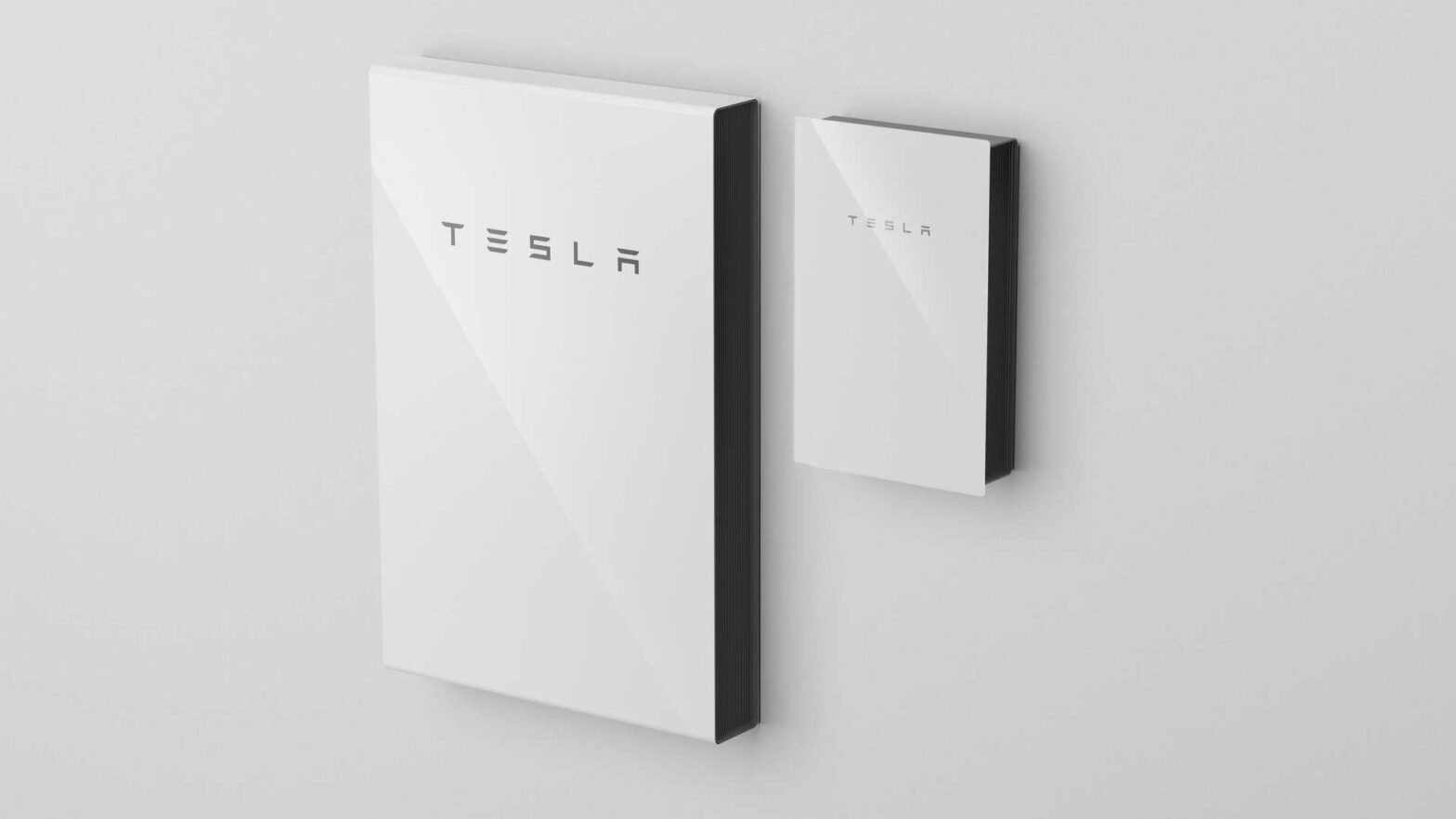5 Reasons to Pair Your Solar Panels with Tesla Powerwall

There are countless benefits to pairing your solar power system with a Tesla Powerwall, but here are five to get you going:
Importance of Combining Solar Panels with Tesla Powerwall
Here is the list of the top 5 reasons to combine your solar system with a Tesla Powerwall.
Energy independence
One of the most alluring benefits of purchasing a solar system for your home is the feeling of finally being free of the control of energy providers and their excruciatingly repetitive bills. You only need to install some panels because you have so much roof space where free solar energy is already pouring down. Isn’t it too simple?
Well, not quite. Certainly, any electricity used during the day when the sun is shining is covered, and you might get paid for any solar energy you export to the grid, but the bills still come even with your proactive environmental thinking. Luckily, the bills are less expensive, but you expect better than inexpensive, don’t you? When it comes to energy independence, you must pair your solar panels with a home energy storage device like Tesla Powerwall if you want to be independent. By hiring a top solar company like Frittssolar you can become energy independent.
Blackout protection
As we have all learned during the Covid-19 pandemic, the earth is not obliged to grant us any favors, and the weather is no exception. Yet power outages aren’t merely a result of wind, lightning, and other natural occurrences; they’re also a result of the increasingly intricate interaction between modern supply and demand on an outdated electricity grid. Blackouts are a major inconvenience even though no large-scale energy infrastructure is flawless and blackouts are eventually unavoidable.
Nobody likes a power outage. Even though homeowners may already have solar panels on their roofs, many individuals are unfortunately unaware that if the grid goes down, their solar will also go out. This is for the very good reason that power from solar generators that are connected to the grid cannot be exported to the grid while technicians are attempting to repair the lines. There is one situation where this rule does not apply: when your rooftop solar system is coupled with a home battery like a Tesla Powerwall.
In the event of a power outage, this solar-plus-storage system immediately disconnects from the grid and creates its own mini-grid or island. When the network malfunctions, this “blackout protection” makes sure that your energy independence is maintained. It’s possible that you won’t even be aware that the rest of the neighborhood has been destroyed until your neighbor asks to watch Netflix with you at your door.
This is due to the fact that Tesla Powerwall cuts off and reconnects backup power in a split second, and if the outage lasts more than five minutes, the Tesla app will prompt you to modify the settings of your home energy system, ensuring that the most efficient appliances are prioritized. Homeowners can combine solar storage like Tesla Powerwall with you solar panels to have blackout protection.
Maximizing the performance of your solar panels
The rise in your solar self-consumption is one of the most alluring benefits of integrating home storage with your residential solar system. While feed-in-tariffs (FITs) are no longer the valuable source of income that they once were, feed-in-tariff adoption in Australia has reached levels in many regions of the country, making this a more appealing choice. In fact, the Australian Energy Market Commission (AEMC) is contemplating whether to levy fees on distributed power transmitted to the grid during specific hours of the day in some highly crowded sections of the grid.
Even though the trend of Covid-19 lockdowns may have marginally narrowed the gap, most people still use more electricity at night than during the day. Usually, the solar energy that is not used is exported to the grid in exchange for a small price. The appeal of pairing your domestic solar system with a home battery, however, is only growing as those payments decrease and the cost of electricity during evening peak times tends to rise more frequently than not.
The excess solar energy produced during the day can be stored for use at night by combining your solar panels and a Tesla Powerwall, ensuring you get the most out of your solar system, decrease waste, spend less on power, and, of course, drastically lower your own carbon footprint.
Access to Energy Usage Data
If you already have solar panels put on your roof, you might have developed an interest in how much energy you’re producing. If so, you might have noticed that one of the tangential advantages of Powerwall is the great access to data generated by your domestic solar-plus-storage system. Many people see this as a terrific chance to discover even more efficiency benefits, maximizing the solar energy you produce and optimizing the time energy is consumed for the greatest savings.
EV Charging
Australia has been sluggish to update its electric vehicle (EV) fleet, much like domestic batteries, but the two are now growing at the same time. Undoubtedly, an electric vehicle (EV) needs a lot of electricity to operate, but depending on the size of your home, a well-sized solar-plus-storage system should be able to efficiently charge your EV without using the grid, or at least not until the cost of doing so is extremely low. In addition to saving money on ever-rising gas prices, cutting out transportation also reduces one of the most troublesome aspects of one’s carbon footprint.
Conclusion
Integrating a Tesla Powerwall battery storage into your residential solar system will make you energy independent. It also provides blackout protection and many more benefits.
Tags: battery storage, home solar system, solar battery, tesla powerwall
